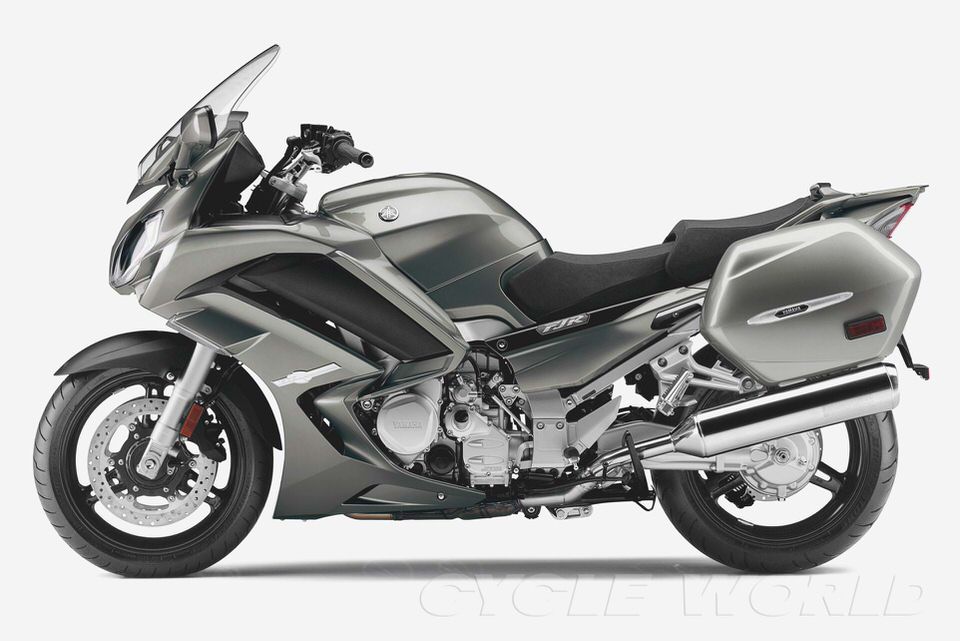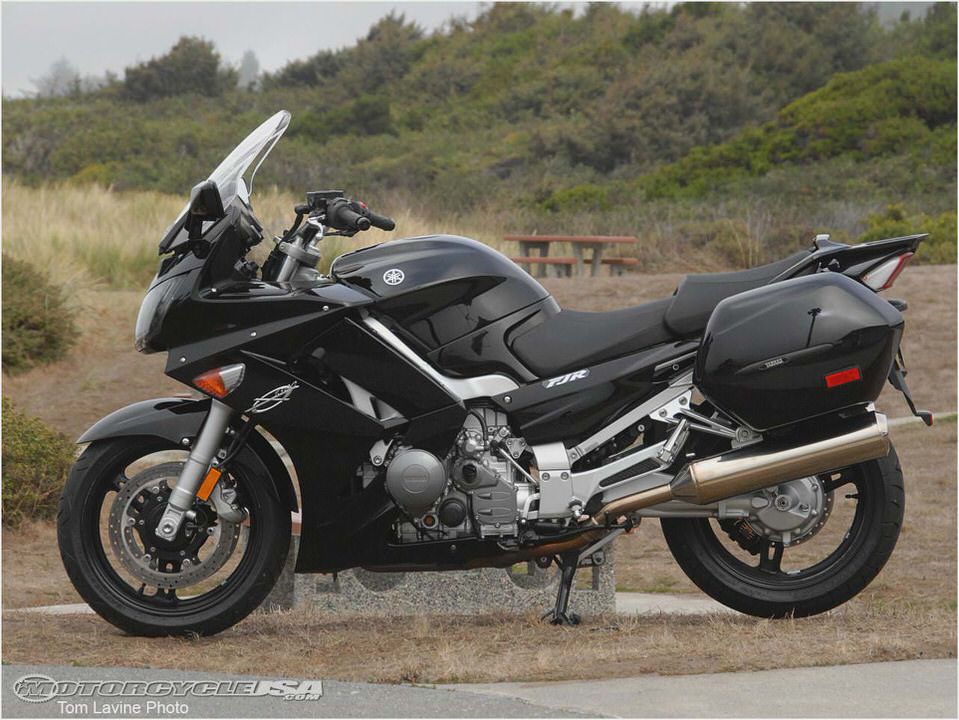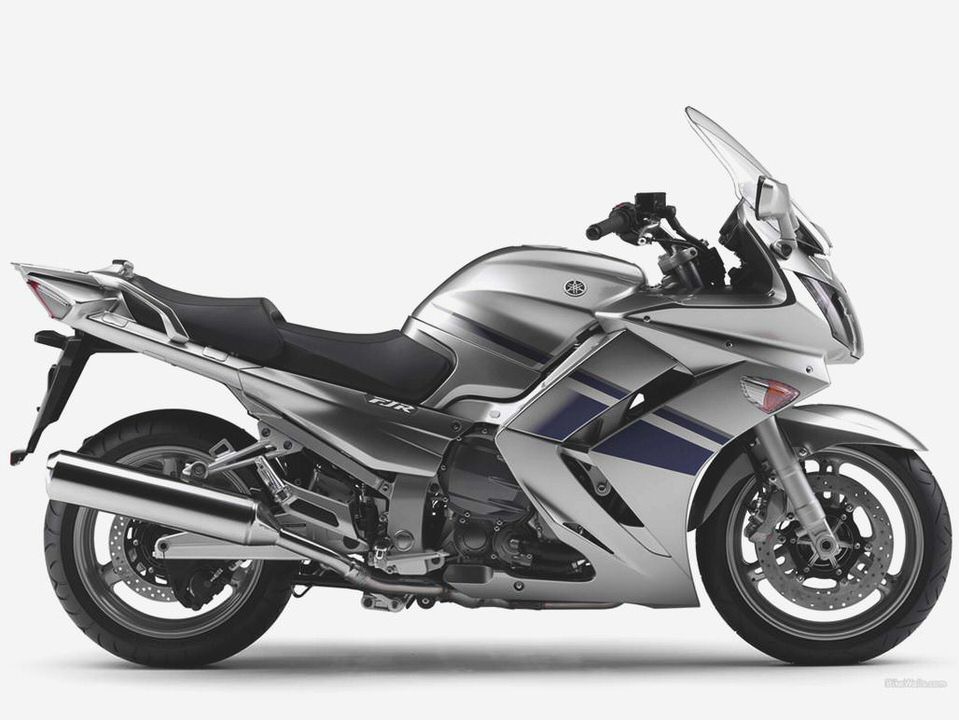
First Ride: 2006 Yamaha FJR 1300AE Review
Does a sophisticated computer-controlled clutch automatically make the 2006 Yamaha FJR 1300AE a better sport-tourer?
Whatever else you do, do not walk into your local Yamaha dealer and ask to see one of them-there Eff-Jay-Arr 13 automatics. Why? Because it’s liable to wind up a Yamaha sales associate like an old Fisher-Price toy.
At the recent U.S. intro for the FJR1300A and FJR1300AE in San Diego, Yamaha personnel were especially touchy about that misnomer, and went to great pains to point out that the AE model’s YCC-S (Yamaha Chip Control Shift) Electric Shift System utilizes a fully manual transmission with a computer-controlled clutch. What’s more, they said, the FJR1300AE does not have the fluid drive, aka torque converter, that’s a hallmark of automatic transmissions.
The point of this particular engineering exercise, Yamaha said, was to find a larger audience for its wonderfully capable FJR1300 sport-tourer by eliminating the fatigue associated with manual clutch operation. When you first sit on the AE’s comfy saddle and instinctively reach for the handlebars, your left hand grabs air instead of the expected clutch lever.
Whether or not you buy into Yamaha’s rationale for it, you almost have to admit the YCC-S Electric Shift System is ingenious. You change gears via a typical foot lever, or–once you’ve engaged it by pushing a button on the left handlebar–a thumb- and index-finger-actuated switch, again on the left handlebar; it feels similar to Shimano’s RapidFire shift pods on mountain bikes.
The horn button and shift switch are a little too close together, though, with predictable random honking of the horn when trying to change gears. The shift pattern for the foot lever is five-up, with neutral at the very bottom.
Once you start to change gears, there begins a very intense discussion between the shift actuator, the clutch actuator and the ECU. The shifters–foot pedal or hand switch–report to the ECU, which tells the clutch actuator to disengage the clutch.
That actuator reports Job Done back to the ECU, which then tells the shift actuator to actually change gears; completion of that act routes another message to the ECU, which goes back to the clutch actuator, telling it to re-engage the clutch at an appropriate speed. Yamaha says the entire shift event takes about 200 milliseconds, and that a typical manual shift takes 300 milliseconds. The average time of a human eye blink is 300 to 400 milliseconds.
As you might imagine, months of testing and programming went into timing the AE’s computer-actuated-clutch engagement just so. And it’s obviously paid off. Engagement timing and smoothness aren’t quite as polished and perfect as with the hand of a well-trained and -practiced human, but they’re surprisingly close in most situations.
It has to be smooth, especially with 126.8 rear-wheel horsepower, or the bike would heave and buck like a rodeo bull that met a cattle prod.


Of course, Yamaha engineered in some safeguards, but they’re almost entirely to keep a rider from fragging the engine. For instance, at a stop, you can’t shift from neutral if the throttle is open; nor can you keep jamming downshifts to induce rear-wheel hop. You can, however, hold on to a gear at wide-open throttle until you hit the rev limiter.
And if you ignore downshifting as you come to a stop, then try to pull away in fourth, for instance, the FJR won’t downshift for you; instead the computer will slip the clutch mercilessly to get you going.
Naturally, there are a host of other changes to the FJR1300A/AE for 2006: adjustable ergos with two-position saddle height (20mm difference), three-position handlebars, and a bigger electrically adjustable windscreen with a wider range of positions; a complex air-management package to keep the rider and passenger cooler; standard ABS with a linked brake system; a 1.3-inch-longer swingarm; and more.
Still, it’s the YCC-S and computer-controlled clutch that most color the riding experience aboard the AE. Fortunately, Yamaha didn’t engineer in too many safety features, and tried to keep feel and function respectably close to that of a conventional motorcycle–something I think will help make converts to YCC-S more easily. Riding the AE doesn’t make you feel as if you’ve grudgingly yielded some crucial control to a computer; Yamaha even says the FJR1300AE is not for everyone, and it’s certainly not for the lazy or uninspired.
Perhaps what’s most interesting about the latest FJR isn’t just the sophisticated, almost Star Wars-like engineering that’s gone into the AE’s YCC-S, but rather that, according to the engineers who worked on the project, there’s no practical upper or lower displacement limit on it. Which means that, if Yamaha can justify the cost, YCC-S could be fitted to virtually any motorcycle in its lineup.
If that should come to pass, just remember one thing: Do not call it an automatic. -MC
- 2009 Yamaha FZ1
- The Specifications for a 1978 Yamaha XT 500 eHow
- TZR Rare SportBikes For Sale
- Yamaha X-Max 250 Test
- Yamaha XJR1200 by it roCkS!bikes Bike EXIF

